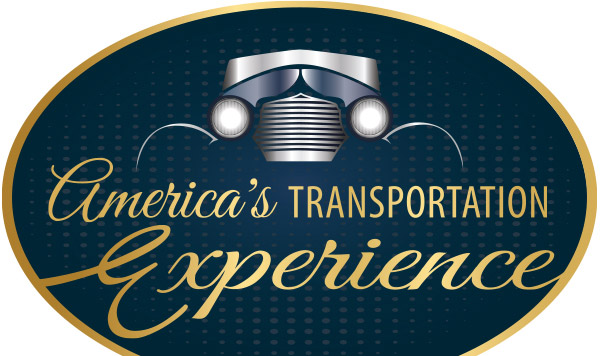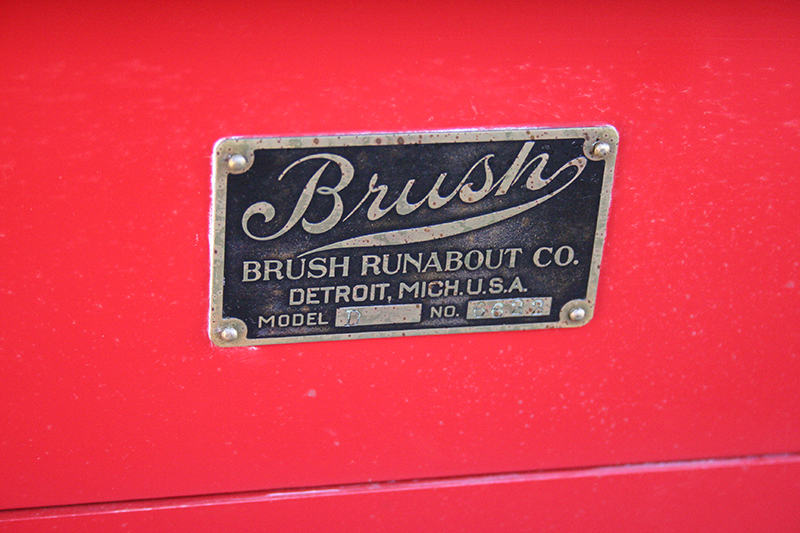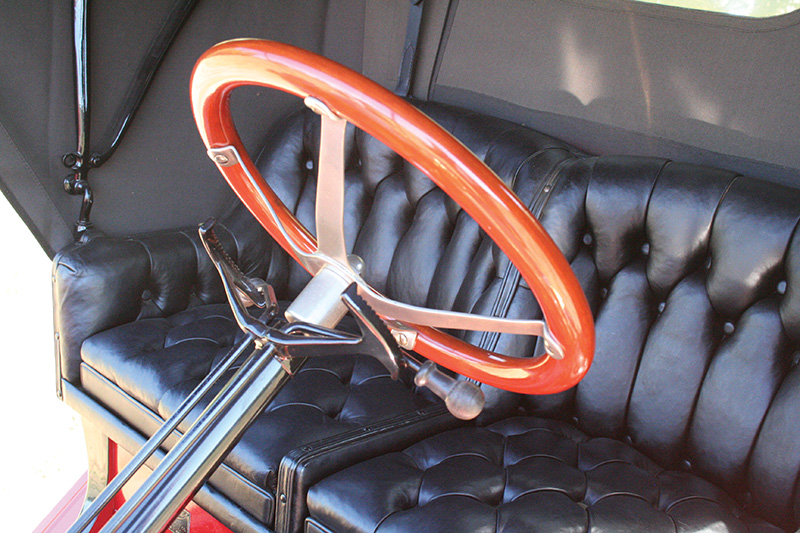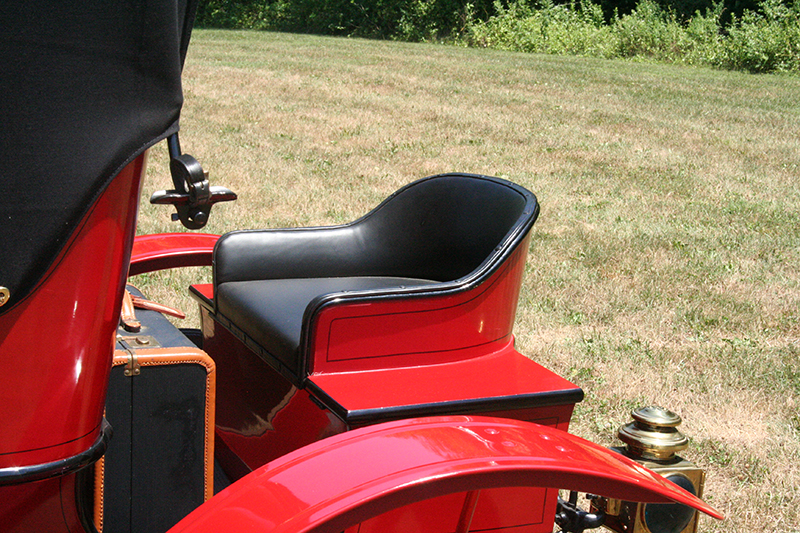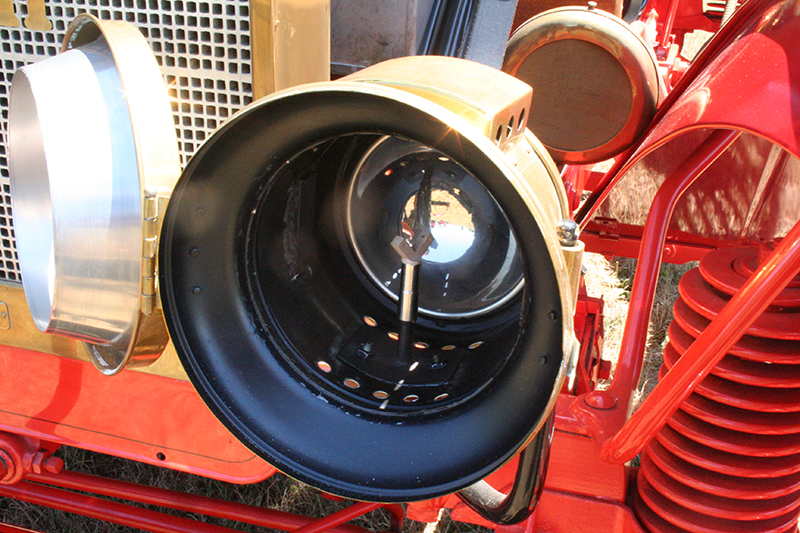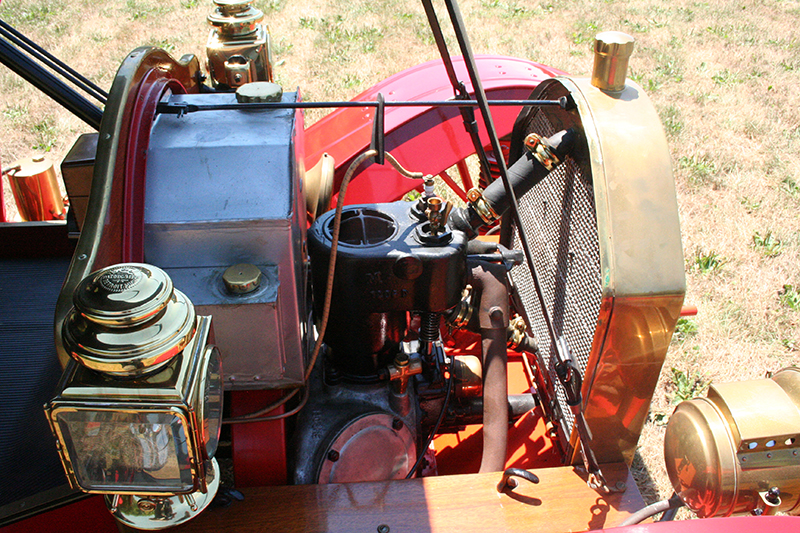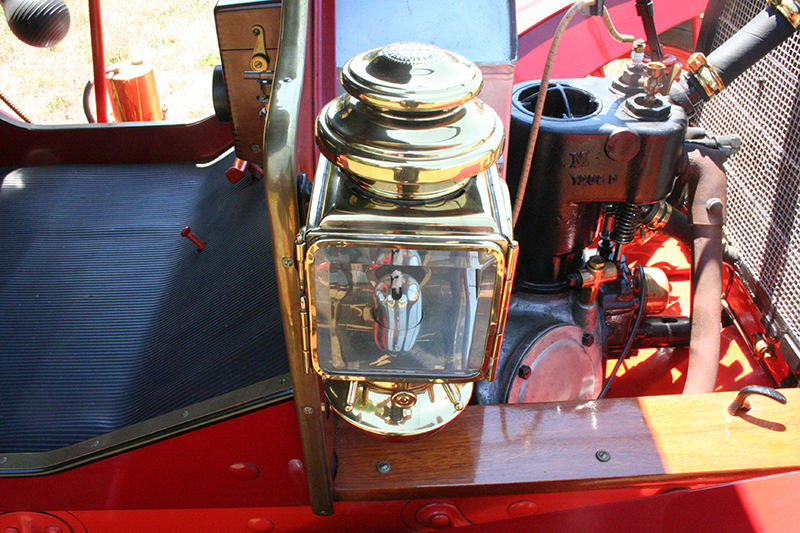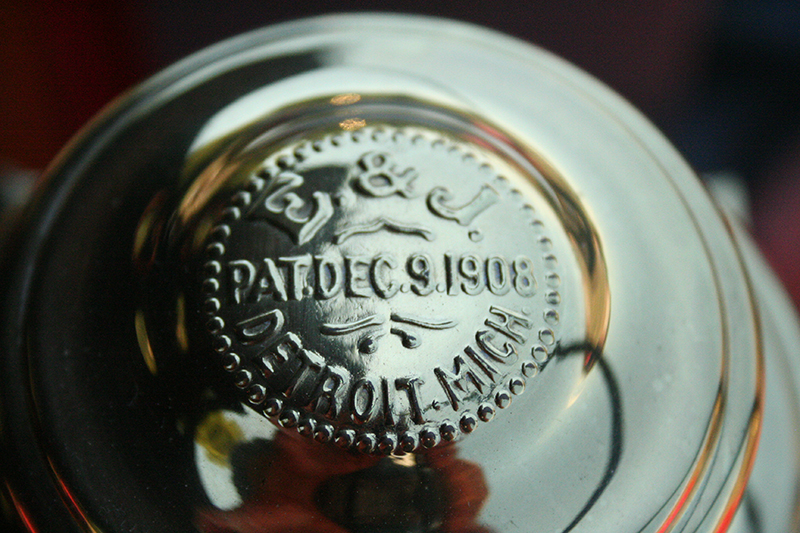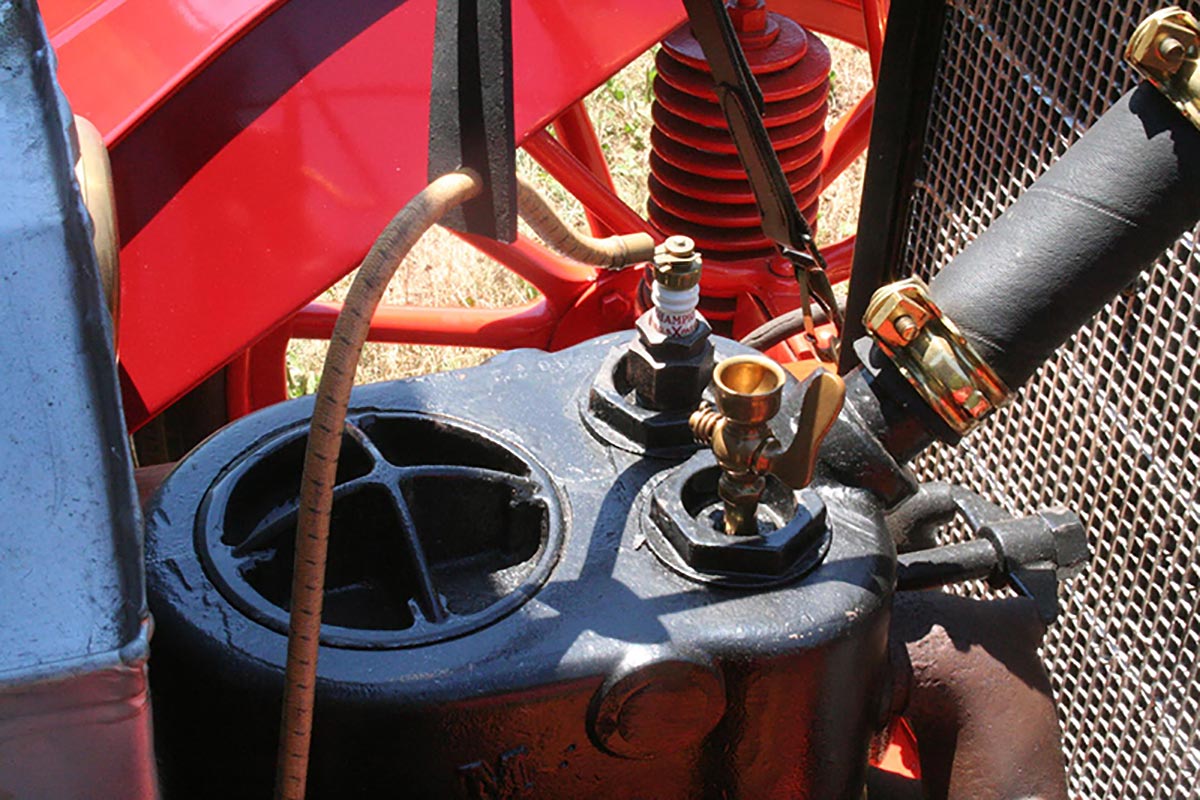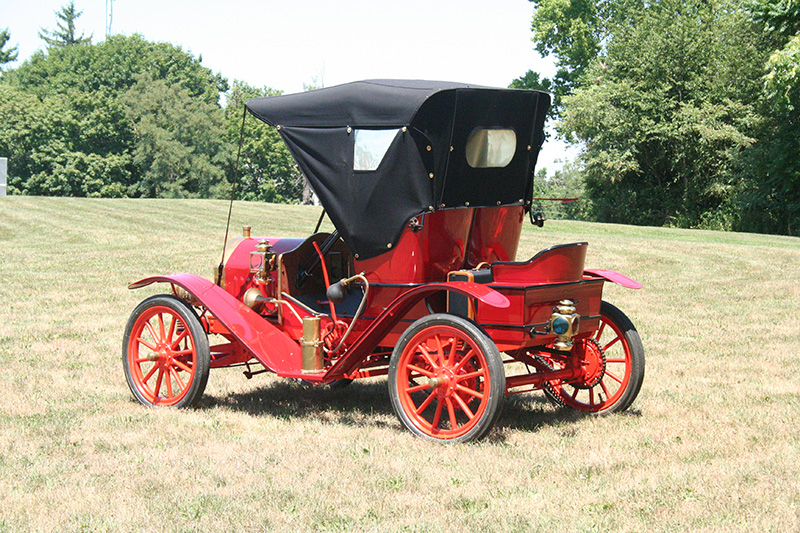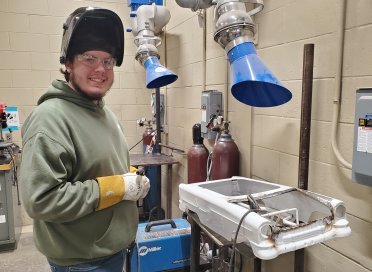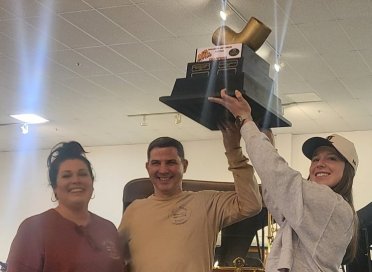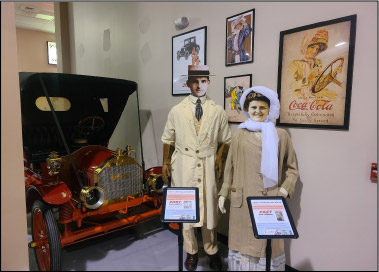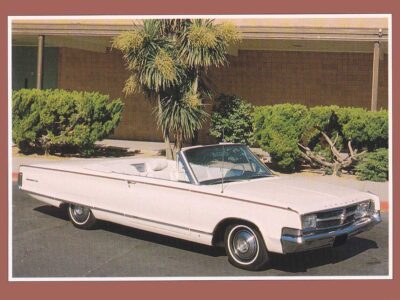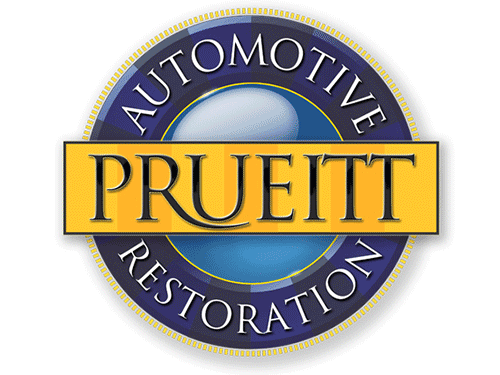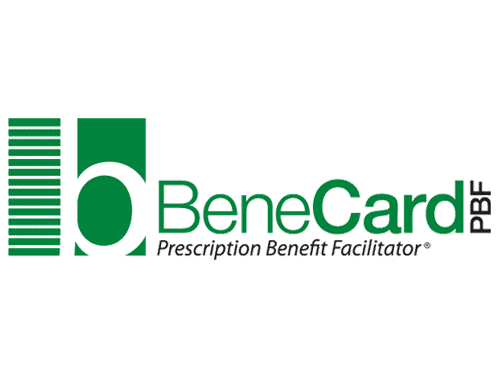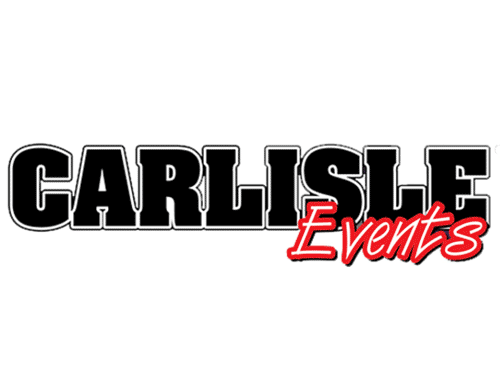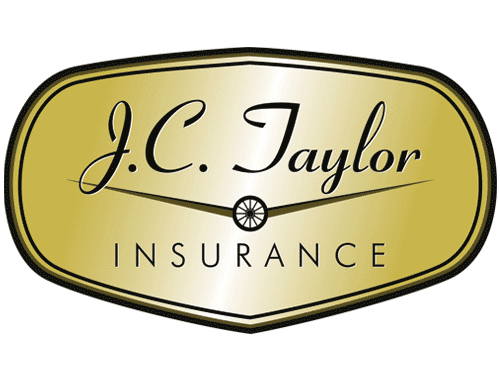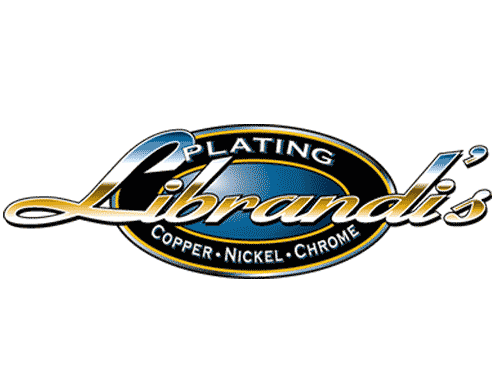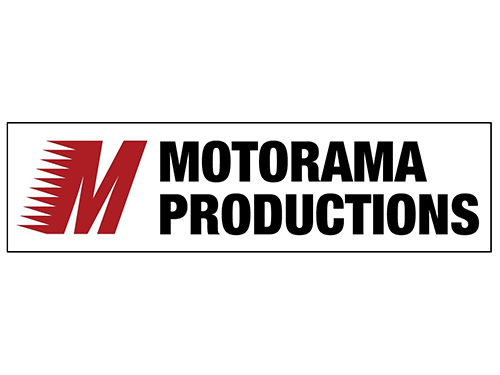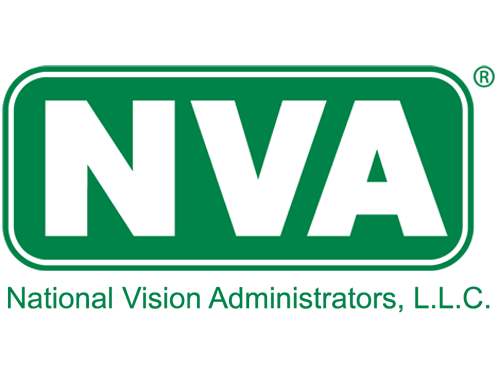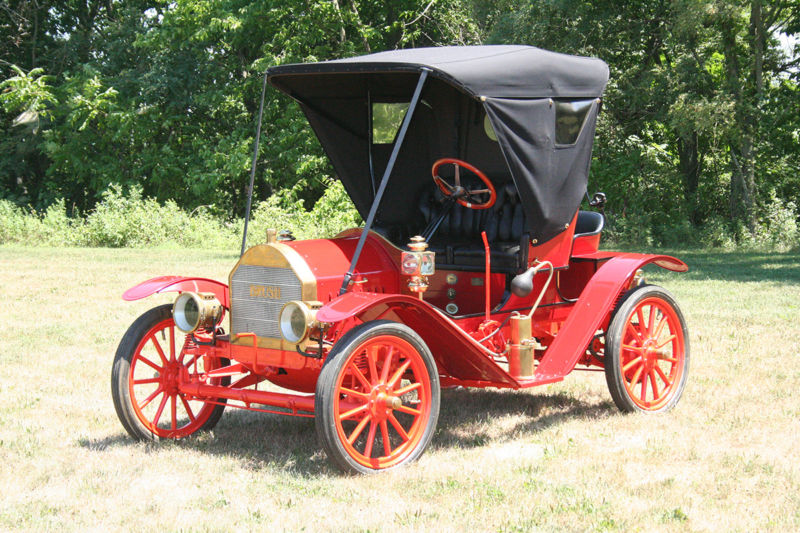
The Nimble and Popular Brush Runabout
In the early 20th Century, America had thousands of independent automobile manufacturers and marketers. In Detroit, Brush Motor Car Company, later known as the Brush Runabout Company, was founded by Alanson Partridge Brush in 1907. Brush, a self-taught designer, worked with Henry Leland, founder of Cadillac, to develop the company’s first, single-cylinder model vehicle. Brush’s company lasted only four years, producing its last vehicle in 1911. However, their lightweight, nimble two-seat runabout was one of the most popular cars in its genre.
Brush designed the car with a single-cylinder, six-horsepower engine. Factory advertisements touted its hill-climbing ability, comparing it with vehicles that sported 20-HP engines asking buyers to “reflect on the reason why a squirrel can climb a tree better than an elephant.” Brush used maple, hickory, and oak to construct the car’s frame and axles and mounted coil springs at all four corners. The Brush, claiming a top speed of 35 mph, proved itself capable by climbing Pike’s Peak and finishing the 2,636 mile Glidden Tour in 1909. While Brush built several different models during its brief history, all were small runabouts, which were soon out of fashion due to their limited protection from the elements. In 1910, the United States Motor Company absorbed Brush. The venture ultimately failed in 1913, a victim of fierce competition and the emerging dominance of Ford’s Model T.
Our two-passenger Model D Runabout with an 80-inch wheelbase and a ten horsepower single-cylinder engine joined the Museum’s collection in 2003. It was donated by Donald Brush of Webster, New York. Though no known relation to the company’s founder, Donald pursued this vehicle, at least partly due to the name. When he first saw the runabout, it was hiding in an old hay barn. After more than a year of visits, he finally persuaded the owner to sell the vehicle. The car had three more years to wait, however, as Donald finished his engineering career at Eastman Kodak Company. Then he devoted his full attention to returning the Brush to its original glory with much of the work done in his home garage. Though finished in 1978, and attaining major awards decades ago, the Brush is still a bright and shiny testament of the quality restoration and maintenance given by its owner. It is our pleasure to continue that tradition here at the Museum.
